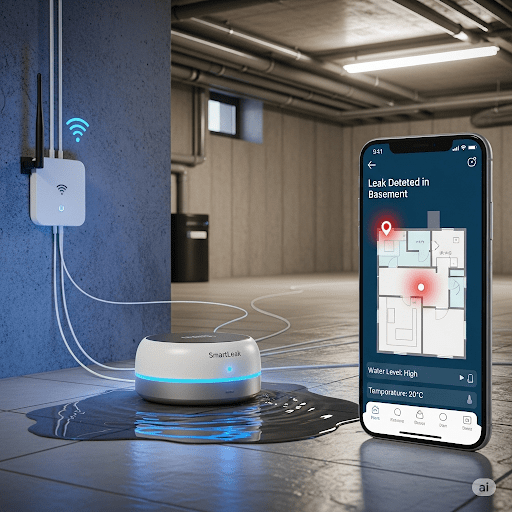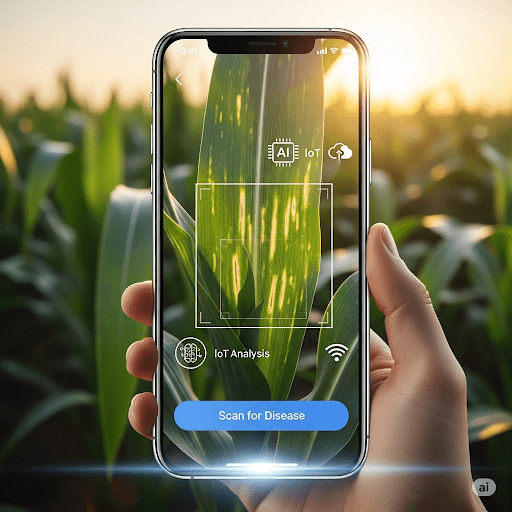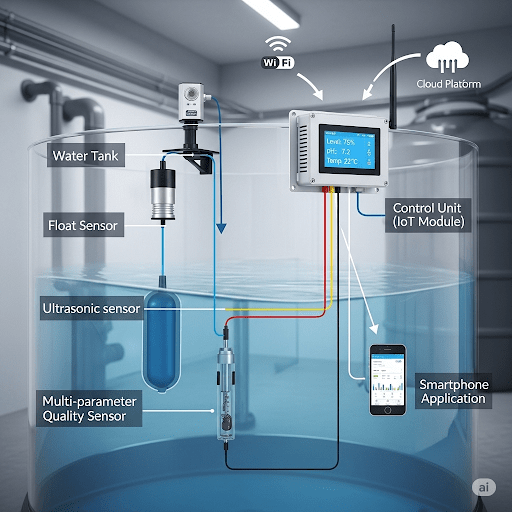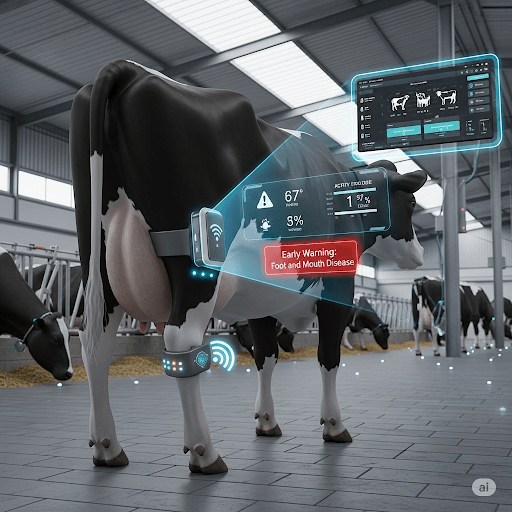Smart Noise Control System for Educational and Office Environments
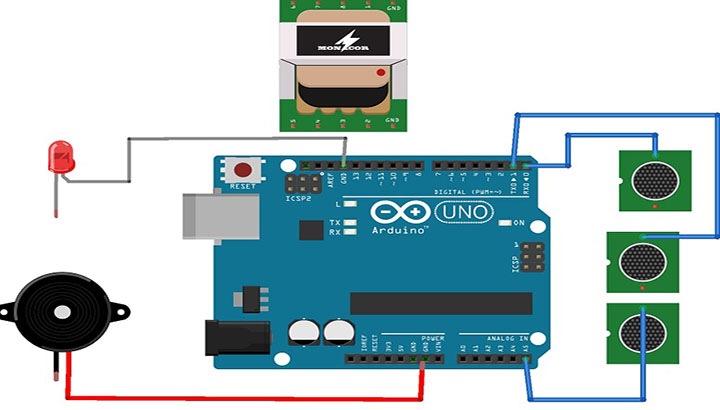
Noise pollution is a significant yet often overlooked environmental issue, impacting millions of people daily. Common health problems resulting from noise pollution include hearing loss, high blood pressure, heart diseases, sleep disturbances, stress, and headaches. The challenge in mitigating noise pollution lies in its detection and the subsequent silencing of the noise source, a task that is impractical to perform manually.
This project proposes an automatic noise pollution measurement and silencing system designed for use in environments such as schools, colleges, libraries, and offices. The system detects noise levels in real-time and automatically triggers alerts when the noise exceeds predefined thresholds, thereby facilitating noise control.
Key features of the system include:
- Automatic detection of noise levels.
- Real-time display of current noise levels.
- Automated alerts if noise levels exceed set thresholds.
- Customizable noise level settings based on specific requirements of the facility.
The system utilizes an array of microphones to accurately measure noise levels in three directions. An Arduino-based controller processes the noise data from these microphones continuously. Users can set the maximum allowed noise levels using the display and buttons on the device. When noise levels remain below the set threshold, the system status is indicated as green. If the noise exceeds the threshold, the system triggers a buzzer alert and displays a message, prompting individuals to reduce noise levels. The alert persists until the noise returns to acceptable levels, upon which the system reverts to green status.
While this project employs an Arduino controller, it can also be enhanced by using an ESP8266 module to send data online for remote monitoring and control. Alternatively, integrating a GSM module with the Arduino can enable SMS notifications for noise level alerts, further expanding the system's versatility and application in various settings.
This innovative solution provides an effective and automated approach to managing noise pollution, ensuring a quieter and healthier environment in various settings.
Related project idea for free
IoT base smart water leakage detection system
In life, water is a valuable resource. Water is essential for life and is utilized for a variety of activities in daily life. This device was developed to detect a pipe leak and maintain it directly in a short period of time. In order to prevent problems, it is crucial to have real-time managemen...
Read more>>Smart miner helmet and monitoring system - IOT Project
The usage of technology in Rwanda's mining industry has made it difficult to avoid deaths in mines; it is for this reason that miner safety from threats outside and inside mining tunnels is critical. The process of mining minerals underground is fraught with dangers such as high concentrations of...
Read more>>AI-Enabled IoT mobile application for early maize plant disease detection
For Rwanda's small-scale farmers, the maize crop has grown significantly in importance as a crop for food security and income. Unfortunately, a number of illnesses continue to cause maize producers to have much lower yields. Diseases have a negative impact on the quality of maize harvests and imp...
Read more>>Water tank quality and level monitoring system
All humans need water to survive; some of the uses of water include drinking, cooking, cleaning, and hygienic needs. Sometimes water shortages due to climate change or prolonged sunny weather, water pipeline breakdowns, poorly functioning water treatment facilities, and increased water demand in...
Read more>>IoT-based cow health monitoring system for early detection of foot and mouth disease
Nowadays, Rwanda is becoming the country where the technology is integrated in agriculture and livestock domains to easily enhance the life conditions of every Rwandan for wellbeing. With the technology development, cow’s health and early diagnosis of disease have gained the importance in a...
Read more>>
